Search Images
Browse Content (p. 828)
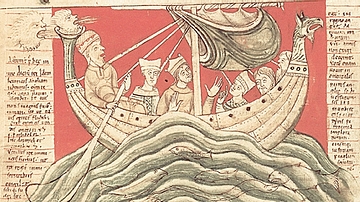
Image
Henry I of England at Sea
A miniature of Henry I of England (r. 1100 - 1135 CE) caught in a storm at sea.
Made c. 1138 - 1140 CE. MS 157, fol 383r. at Corpus Christi College, Oxford.
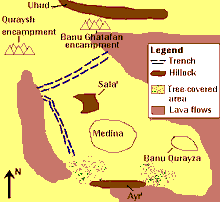
Image
Battle of the Trench (627 CE)
This map shows the positions of the Muslims, the Quraysh tribe, and the Banu Qurayza tribe during the Battle of the Trench.
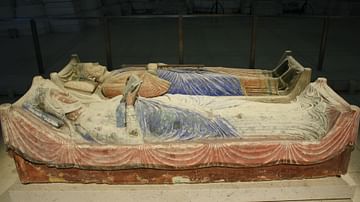
Image
Tomb of Henry II of England & Eleanor of Aquitane
The effigies of Henry II of England (r. 1154-1189) and his wife Eleanor of Aquitaine (l. c. 1122-1204 CE). Fontevraud Abbey, France.
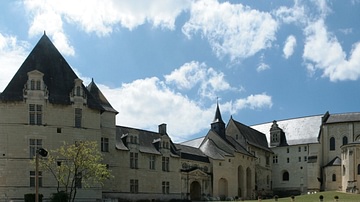
Image
Fontevraud Abbey, France
A panoramic view of Fontevraud Abbey near Chinon, France. The abbey was founded in 1101 CE by Robert of Arbrissel (c. 1045 – 1116 CE). The abbey was the burial place of several English monarchs, including King Henry II of England (r. 1154...
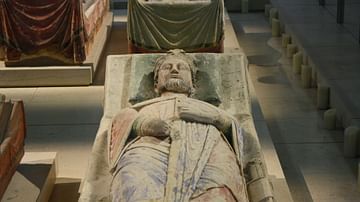
Image
Tomb of Richard I of England, Fontevraud Abbey
An effigy of Richard I of England (r. 1189 - 1199 CE), popularly known as Richard the Lionheart, from his tomb in Fontevraud Abbey in France.

Image
Muhammad Conquers Mecca & Destroys Its Idols
This illustrated manuscript depicts the Muslim army after their conquest of Mecca, it also shows the destruction of the idols inside the Ka'aba. Muhammad himself is not depicted, as depicting a prophet is considered taboo in Islamic tradition...
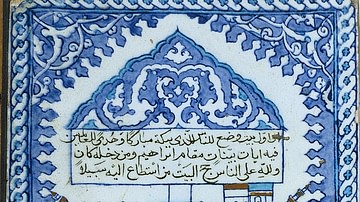
Image
Ottoman Tiles Representing the Kaaba
It is a decorated tile from the 17th Century CE, during Ottoman era, it depicts the Ka'aba - the cubical mosque and Muslim sacred site in Mecca, Arabia.
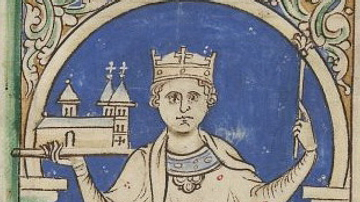
Image
Painting of King Stephen of England
King Stephen of England (r. 1135 - 1154 CE), depicted in a folio from an English manuscript dated c. 1250-1259 CE.
Royal 14 C VII f. 8v, British Library.
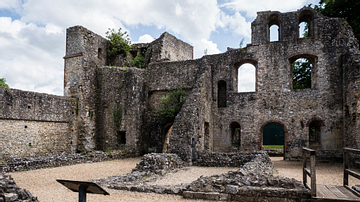
Image
Wolvesey Castle
Wolvesey Castle in Winchester, Hampshire, England. Wolvesey Castle was built in 1141 by Bishop Henry of Blois (c. 1096 – 1171 CE), the brother of King Stephen of England (r. 1135 - 1154 CE). The castle was the setting of the Rout of Winchester...
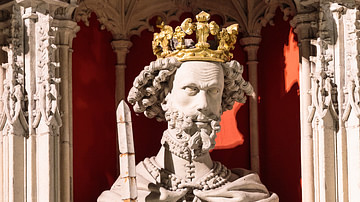
Image
King Stephen of England, York Minster
A detail of the sculpture of King Stephen of England (r. 1135 - 1154 CE) from the Quire's Screen (also known as the Choir's Screen or the King's Screen) in York Minster. The Screen was created in the 15th Century CE, and portrays every English...